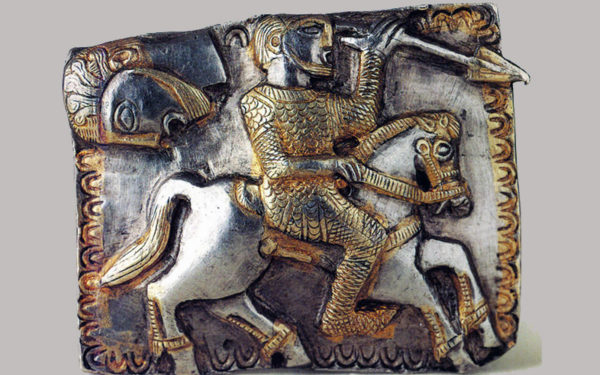Around 50 percent of all men in Western Europe are descendants of one Bronze Age “king” who generated much of the nobility class which spread throughout Europe, a new genetic study has claimed.
The study, published in the Nature Genetics journal, analyzed the sequences of 1,244 human male Y chromosomes drawn from the 1000 Genomes Project.

According to the study, this “super progenitor” lived around 4,000 years ago, and was probably one of the earliest leading kings of early Europe.
Although it is not known who he was, or where he lived, the study says he certainly existed because of the genetic evidence which still can be seen in present-day European populations.
One of the study authors, Dr. Chris Tyler-Smith, said that the most “novel and exciting thing” which they had discovered in the study was the “extraordinary explosion in numbers of males at specific times.”
“In Europe there was huge population expansion in just a few generations. Genetics can’t tell us why it happened but we know that a tiny number of elite males were controlling reproduction and dominating the population.
“Half of the Western European population is descended from just one man. We can only speculate as to what happened. The best explanation is that they may have resulted from advances in technology that could be controlled by small groups of men,” he said.
The male Y chromosome is passed from father to son, while the study of the naturally occurring mutations reveal which Y chromosomes are related to each other.
The mutations also reveal how far apart the Y chromosomes are from each other, and to what degree, a fact which allowed researchers to build a family tree.
The research results astounded the study authors, because it showed that there was a massive increase in the number of men carrying a certain type of Y chromosome within just a few generations.
The earliest explosive increase of male numbers occurred 50,000–55,000 years ago, across Asia and Europe, and 15,000 years ago in the Americas.
The study, “Punctuated bursts in human male demography inferred from 1,244 worldwide Y-chromosome sequences,” was published in the April 2016 edition of Nature Genetics.